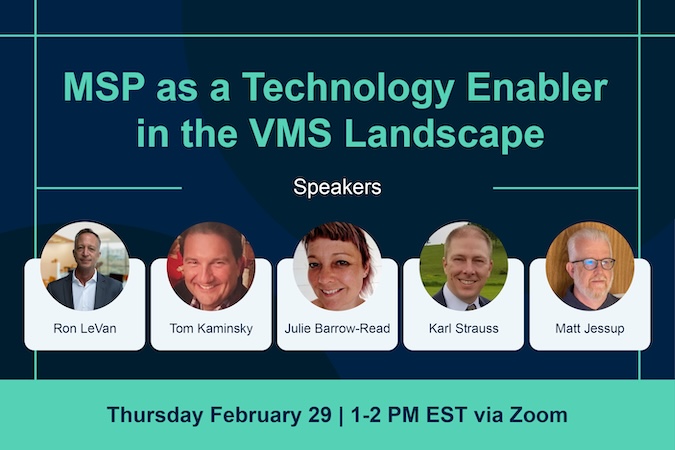What Does the Evolution of Contingent Workforce VMS Systems Mean to You?

When it comes to implementing a Vendor Management System (VMS) to enable Contingent Workforce Management, the game has changed. Over the past three decades, the VMS has proven that it can help to streamline business processes, improve efficiency, and provide the insights needed to reduce unnecessary costs. In fact, Staffing Industry Analysts report that 79 percent of businesses with more than 1,000 employees use a Vendor Management System to source and manage their contingent workers. This is a significant rate of growth from 50 percent reported in 2009.
The VMS platforms of today are far more sophisticated than their earlier versions. Originally designed to effectively manage contractors and the staffing agencies who supply these workers, the leading VMS providers now address freelancers, project services teams, and other non-employees. They have gone beyond operational efficiency to deliver strategic insights and – increasingly – are integrated with ERP and/or HRIS systems, enabling simultaneous management of “permanent” employees and “temporary” workers. We are increasingly seeing vendors refer to their platforms as “Extended Workforce Platform”, “Extended Workforce Technology”, “External Workforce Management System,” and “Contractor Management System”. And the VMS providers are turning to partnerships and mergers to simultaneously integrate diverse technology solutions and deliver enhanced value to clients. As they become an integral part of a larger workforce management system, a new business model is emerging that is dependent on partners for product implementation and ongoing support.
MSPs are now expected – by design or default – to help accelerate the VMS value-proposition providing an array of support services including but not limited to the user experience, configuration, integration with the client technology stack, deeper analytics, business intelligence and reporting, and assessing where AI meets VMS capabilities to automate service delivery where possible. In addition, they are increasingly expected to deliver technology Help Desk / first-line support services while maintaining focus on hiring excellence. And clients must make numerous decisions that determine how the VMS can support its overall business spend management strategy while also serving as a key component of a more talent-focused workforce management solution.
How does this change the responsibilities of companies, MSPs, VMS providers, and suppliers when implementing and operating a VMS platform? Join our webinar, co-hosted by Chateau Consulting, in which industry luminaries explore this issue, providing personal experiences and best practices.
Our panel of industry experts includes Tom Kaminsky, Founder and Managing Director, and Matt Jessop, Chief Technical Officer at Chateau Consulting; Julie Barrow-Read, Founder of RedWizard; Karl Strauss, Application Development IT Manager at Voya Financial; and Ron LeVan, VP, Client and Services Excellence at nextSource.
“MSP as a Technology Enabler in the VMS Landscape” Webinar
When: Thursday, February 20, 1:00 PM ET


